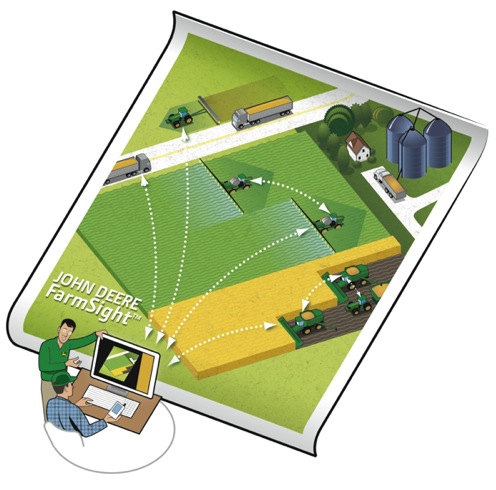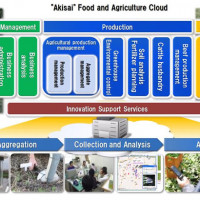Last month, 14 survey reports were cut or reduced to save the USDA Statistical Research Unit $11 Million annually, according to a New York Times article by William Neuman. These included reports on farm numbers, livestock operations, specific niche crop production and fruit and vegetable in-season forecasts and estimates.
At the same time, there has been an explosion of websites, software and apps developed to help farmers manage their farms, market and distribute their products and trace products from farm-to-fork over the past few years. These platforms create massive amounts of data on everything from farm boundaries, yields, inputs, and prices to consumer preferences, market size and demand, all based on geo-location.
In light of the cuts, I ask:
Could the aggregate data produced through these platforms be utilized to supplant any of these survey reports?*
A lot of this data is crucial for helping the already low-margin food and agriculture industries make informed business decisions. As William Neuman writes, “Farmers say such data is crucial — and not just because it helps them decide how much to plant or how many animals to raise. Potato farmers use reports on potato stocks to decide when to sell. Hops farmers use the data to persuade bankers to lend them money for costly processing facilities. Restaurant chains watch catfish numbers to anticipate price changes.”
From a purely data perspective, this new surge of on-farm information technologies could provide more accurate data, in real-time, than the USDA did through their survey methods. Take the recently cut Annual Farm Reports on Farm Numbers, Land in Farms and Livestock Operations for example. What if the USDA could tap into the data collected by one of the following Farm Management Software platforms to gather this information?
The following are just some examples of the software options that are already capturing this data:
- AgSquared is a suite of farm planning and management tools. Through their farm planning feature, AgSquared collects data on the types and quantity of crops a farm intends to produce, as well as information about the size of their farm and growing practices.
- Farmonic, a field management and crop planning platform for sustainable farms, collects data on field size and yields.
- John Deere offers a number of Agricultural Management Services. Their guidance and precision agriculture tools collect data on farm size and boundaries, soil quality, inputs, and yields.
- CrescoAg offers a suite of decision support software tools for precision agriculture retailers and consultants. Their MesoFarm Tool uses real-time, anonymized data to enable farmers to benchmark their farm against similar farms by geography and growing practices.
While this may sound like a radical idea, one only has to turn to the health care industry to see how this is kind of approach is already being employed.
For additional reading check out Marion Nestle’s post Oh no! The USDA cutting back on research.






